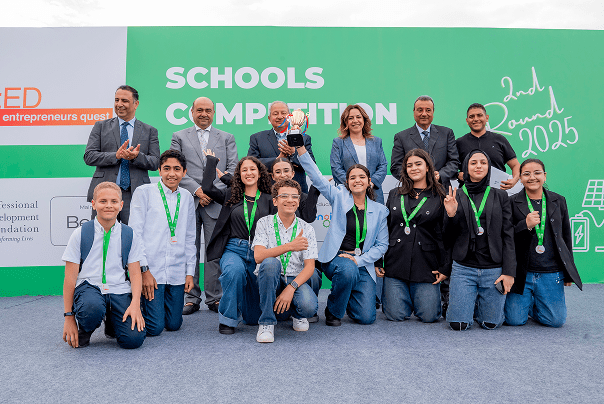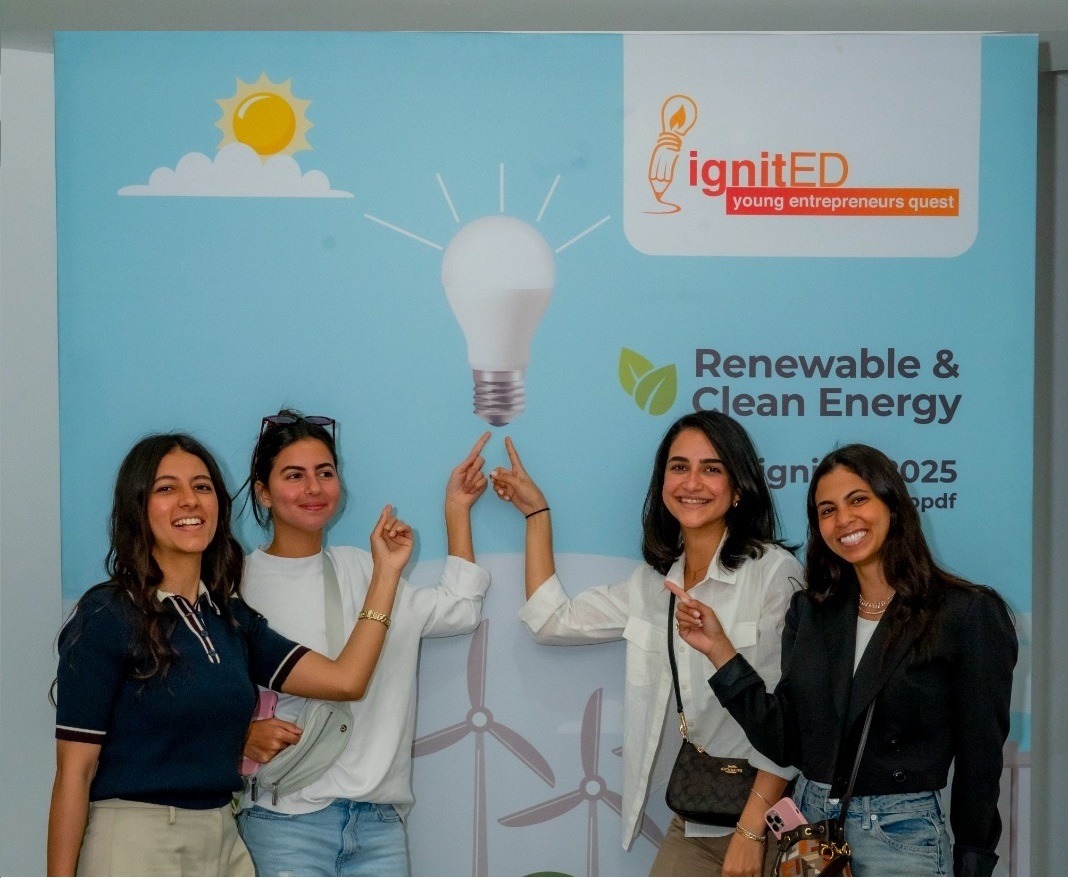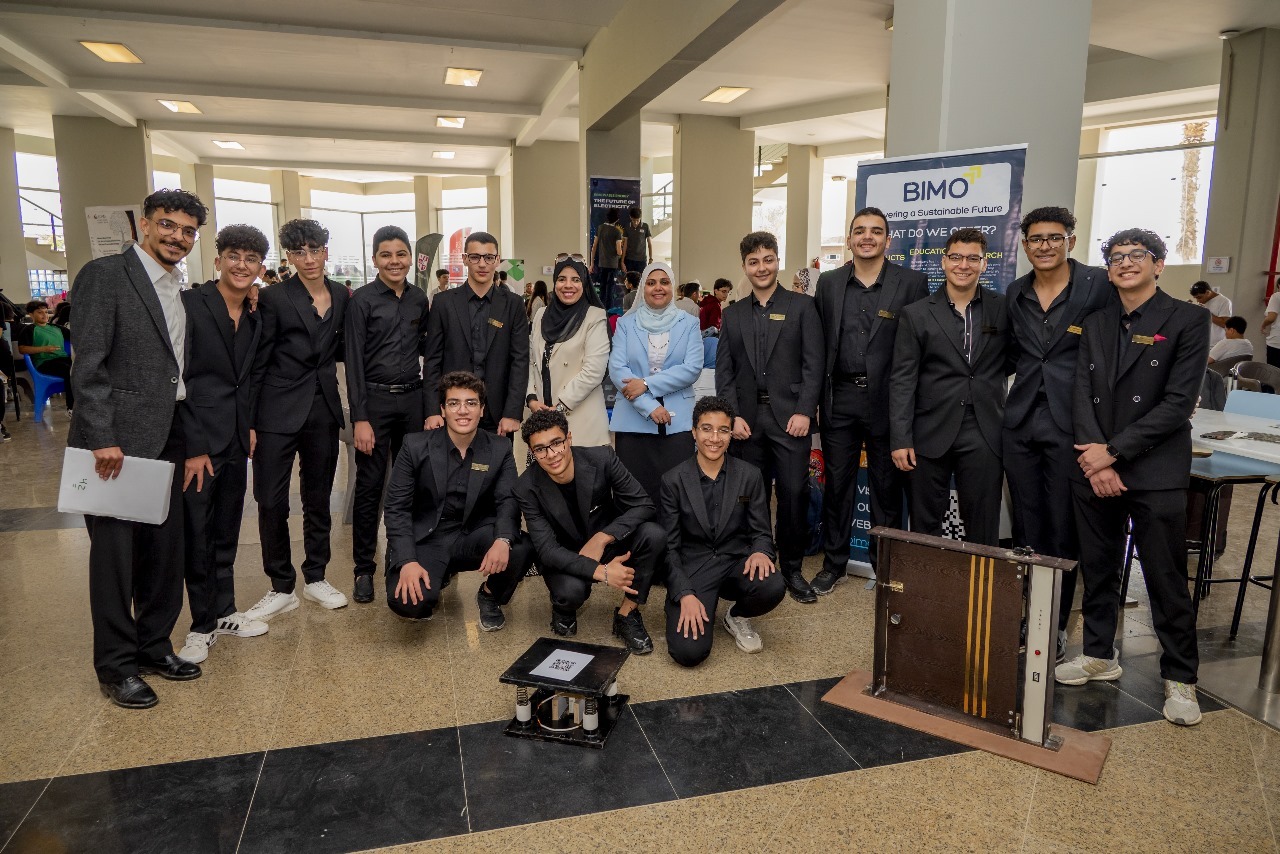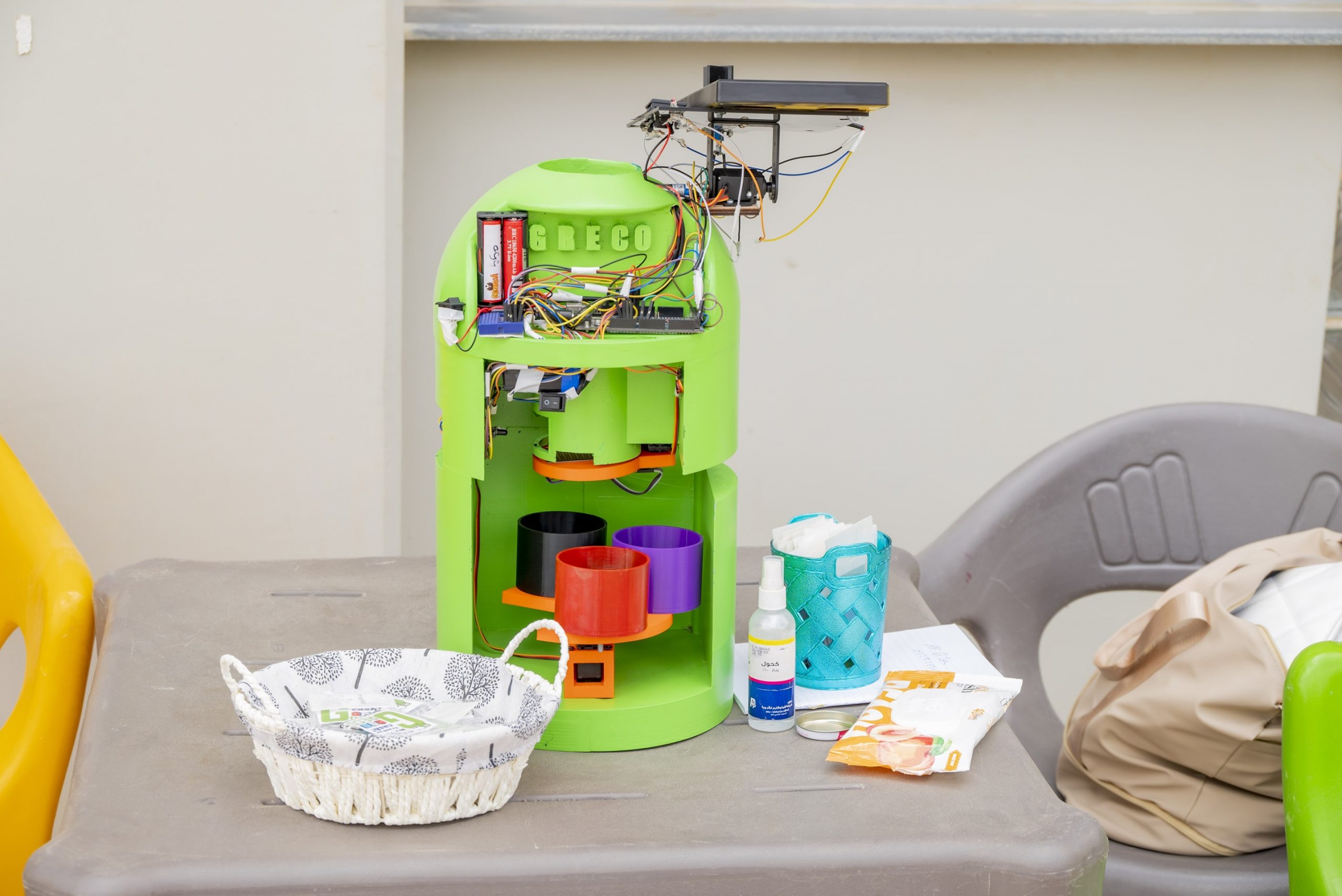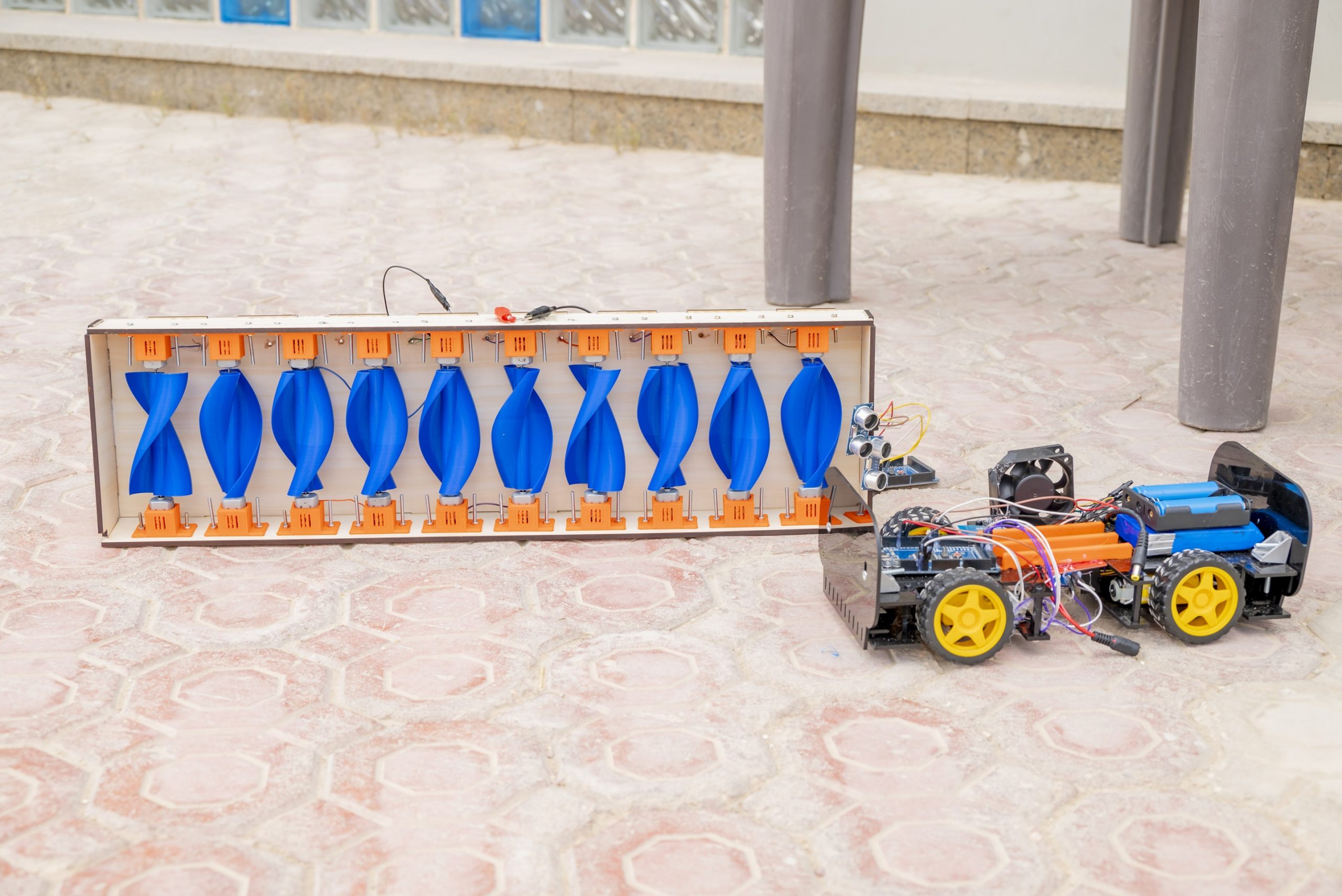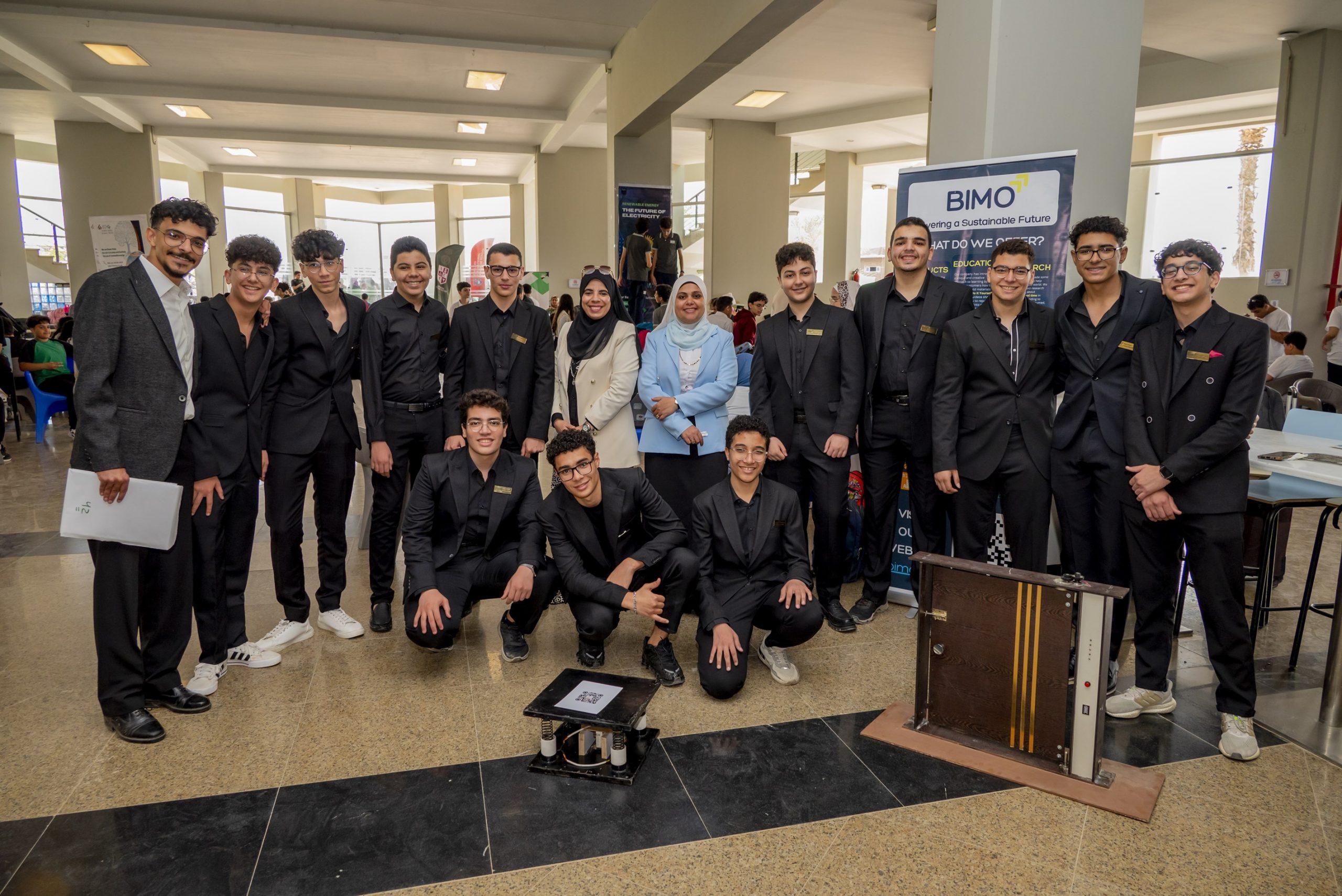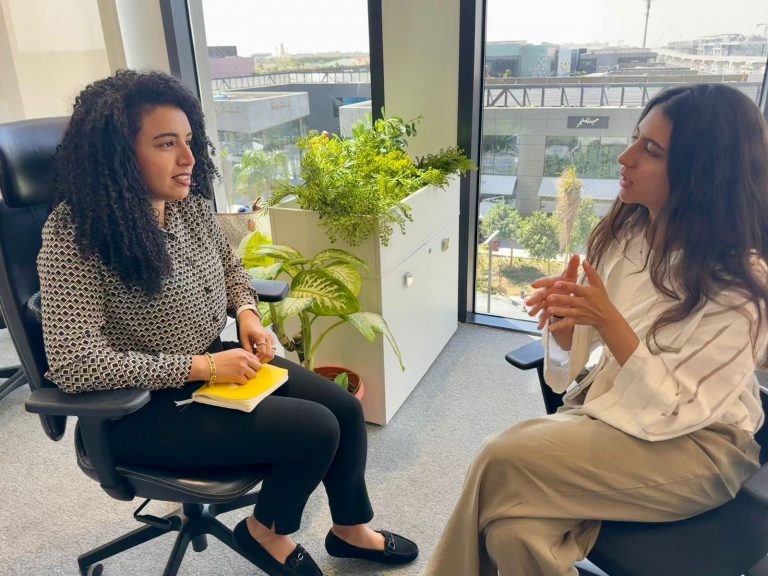
















Sustainability Message by
Mr. Hassan El Sada
Chief Communications Officer
Sustainability Statement

At Beltone, we understand that sustainability is not just a destination—it’s a continuous journey that demands long-term commitment, thoughtful action, and, critically, effective communication.
As we work to embed sustainable practices across our operations, the role of communication becomes essential. It is through clear, consistent, and value-driven messaging that we shape how our efforts are perceived. Communication is how we turn principles into shared purpose, and purpose into action.
Sustainability isn’t something we simply say—it’s something we show, through transparency, storytelling, and staying true to our commitments over time. By keeping sustainability at the heart of our narrative, we not only build trust, but also foster a culture of responsibility and innovation within our organization.
Together, through every message we craft and every story we tell, we have the power to drive a lasting sustainable impact.
Recycling for a Greener Future
This month, we’re focusing on the importance of recycling as a simple yet powerful way to protect our planet. By recycling everyday items like paper, plastic, and glass, we reduce waste, conserve resources, and lower pollution levels. Each small effort counts, whether it’s sorting your recyclables properly or choosing products made from recycled materials. Together, we can make a big difference in creating a cleaner, more sustainable future for everyone.
Recycling

to Make a Difference

Recycle Your Electronics

Use Both Sides of Paper

Donate Old
Items

Reuse What
You Can

Don’t Use Plastic
Bags

Repair, Don’t
Replace

Don’t Mix Trash and Recycling
School Awareness : Eco Champions Initiatives
Ignited Competition
On Saturday, May 3rd, Beltone—the main partner of the Ignited Competition under the Eco-Champion Program—proudly supported the dynamic closing event held at Nile University, organized under the supervision of the “Professional Development Foundation”. More than 500 students participated, demonstrating creativity, innovation, and a shared passion for sustainability. Teams presented unique projects, many of which featured robots designed to address environmental challenges. The competition concluded with an awards ceremony, where each winning team received a trophy—transforming bright ideas into real-world impact.
As part of Initiatives to raise sustainability awareness in schools ….. Celebrating Success at Codeavour Closing Ceremony in Qatar
As part of our ongoing commitment to empowering youth through the Eco-Champions School Sustainability Awareness initiative, we are proud to witness the growing impact of our future leaders—both locally and globally.
We are proud to celebrate the incredible achievements of young talents who represented Egypt at the Codeavour closing ceremony in Qatar—a global platform for innovation and AI-powered solutions.
Four student-led projects, supported and nurtured through this journey, were proudly showcased on the international stage. Each project demonstrated remarkable creativity, purpose-driven innovation, and a deep commitment to solving real-world challenges.”
We are thrilled to share that all four projects received awards in different categories, recognizing their creativity, feasibility, and social value. The following provides an overview of each project, highlighting their innovative solutions and impact.
- Elite Innovation Squad – The International School of Elite
The team created a piezoelectric-powered shoe that generates energy from walking to run a self-regulating greenhouse. This eco-friendly solution supports sustainability in off-grid areas and has potential for further improvement. - Infinity Team – Ivecom Academy
The Green Planet project turns urban rooftops into smart farms using IoT and AI. It enables remote monitoring via Adafruit IO and uses a camera-equipped robot to detect plant diseases, promoting both environmental and economic sustainability. - Re-Code Pioneers – IEEE Suez
Smart Soil uses AI and machine learning to optimize irrigation, conserve water, boost crop yields, and promote sustainable agriculture. - Elite Tech Titans
The team developed a closed-loop water recycling system that reuses greywater while using AI to detect harmful water bugs. This innovative solution aims to conserve water and tackle scarcity, with applications in homes, agriculture, and industry.
These recognitions are a testament to the exceptional talent of the young minds behind them and to Beltone’s role in nurturing initiatives that align with our ESG and innovation strategies
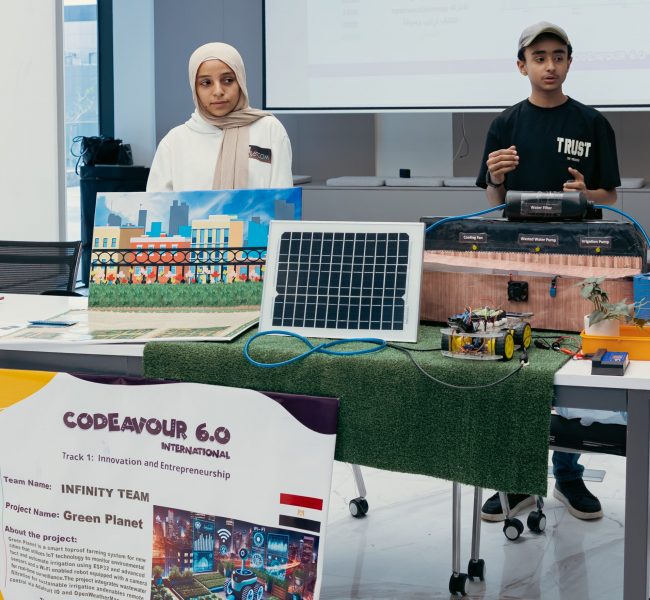
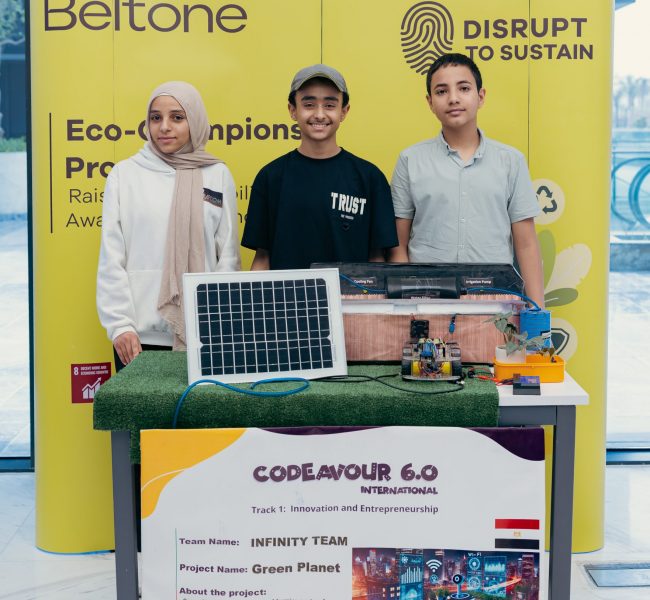
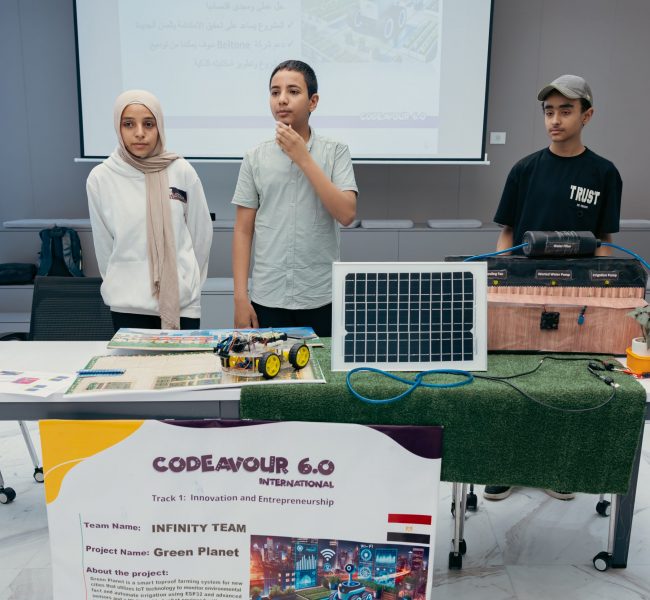
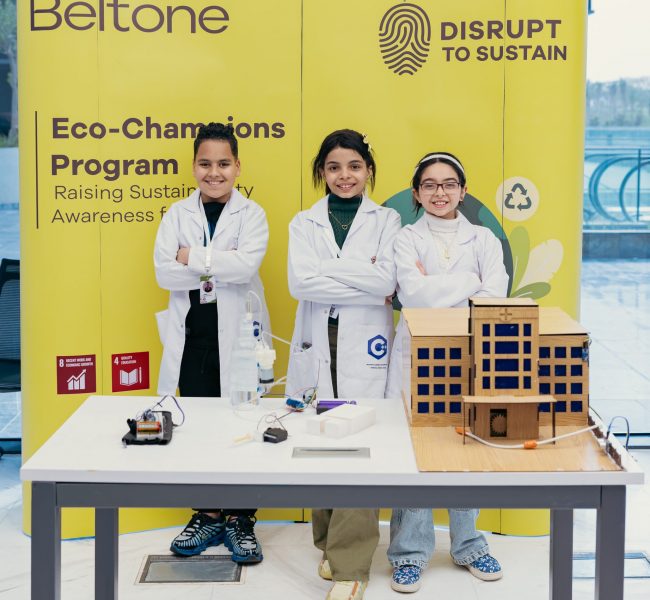
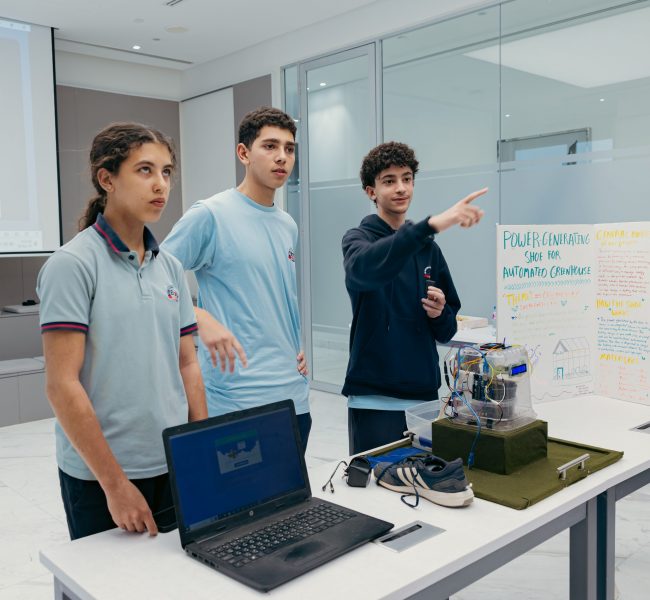
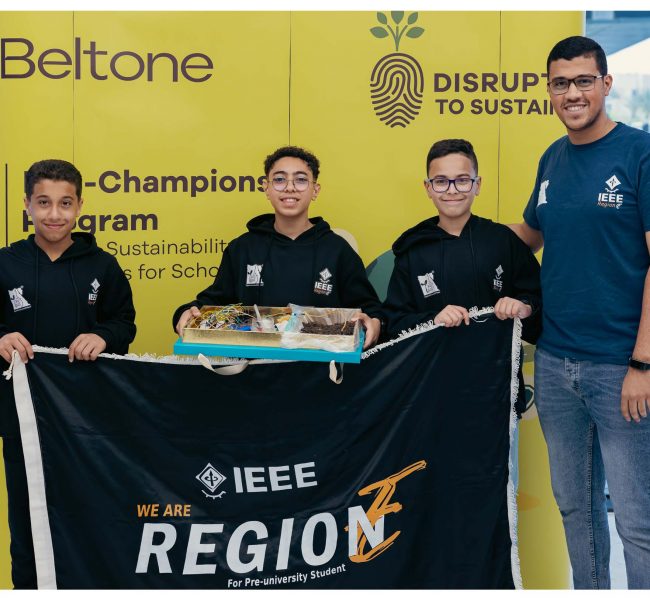

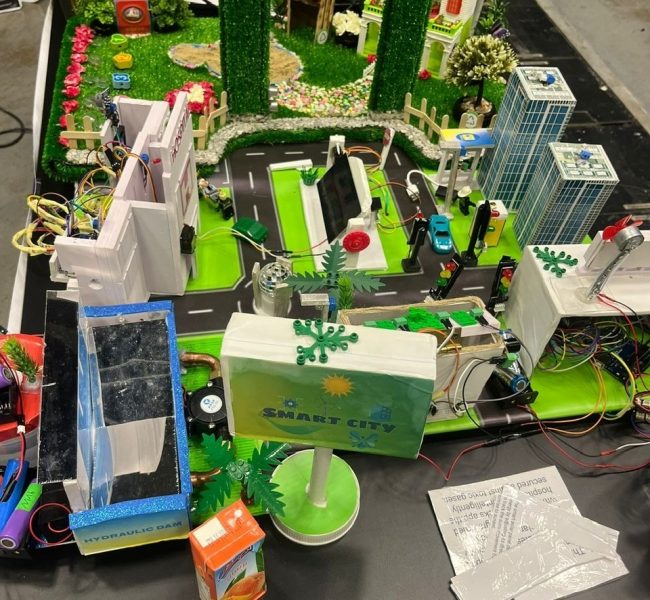




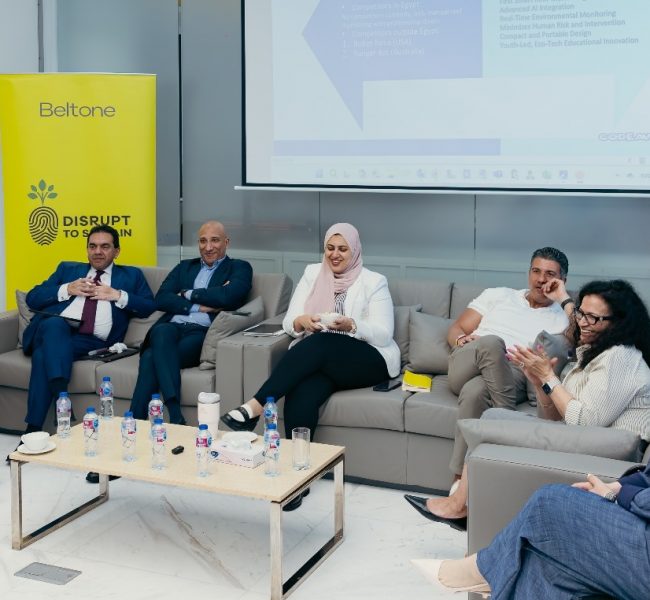

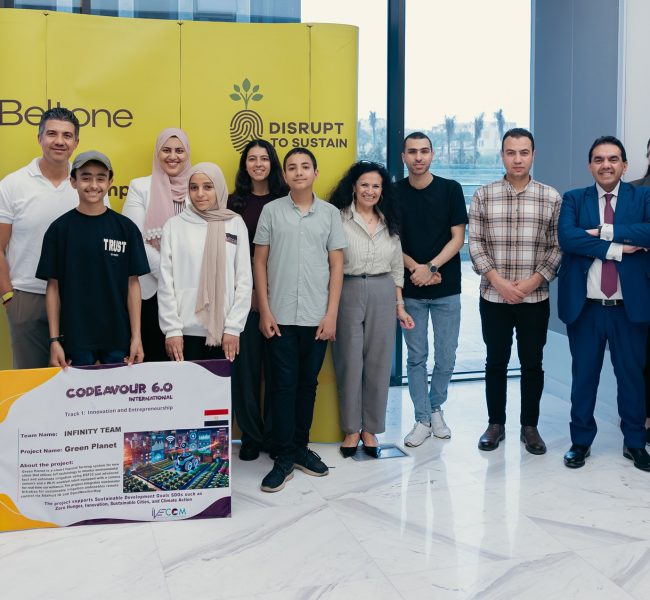
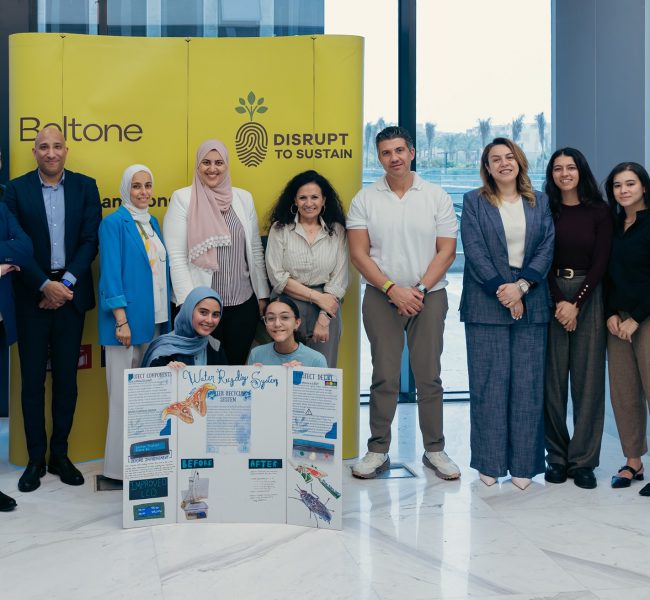

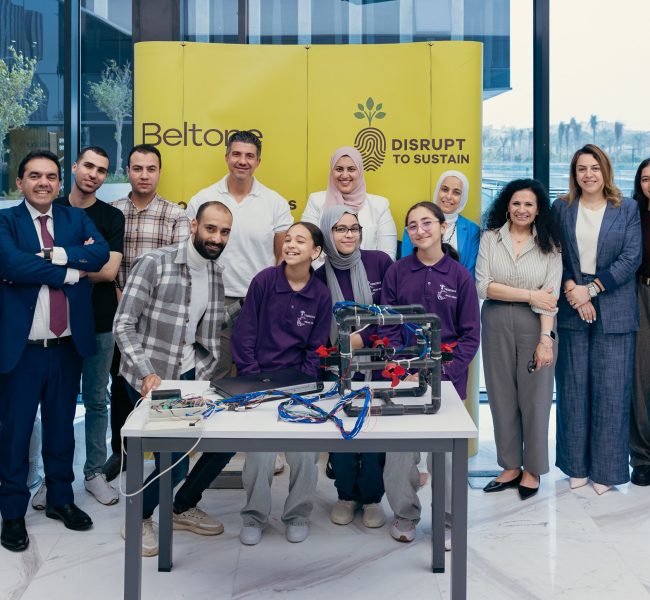

Beltone and Dawarha collaborate
to Celebrate Recycled Month
Throughout May, Beltone and Dawarha are partnering to promote sustainability in honor of recycled materials month. Employees at the Headquarters will have the opportunity to recycle plastic bottles, paper cups, and cans. In return, participants will earn points and receive rewards.
Dubai FinTech Summit
The emphasis on Innovation, Inclusion, and Impact at the third edition of the Dubai FinTech Summit, organized by the Dubai International Financial Center (DIFC), highlights the growing recognition of FinTech’s transformative role in driving sustainable development. By streamlining access to financial services and enhancing transparency, FinTech paves the way for scalable, data-driven approaches to sustainability.
Innovations—such as blockchain for carbon tracking and digital platforms for green bonds—are enabling financial systems to better align with environmental and social goals. At the heart of this lies Green Finance, where technology becomes a powerful catalyst for channeling capital toward climate-positive projects and socially responsible investments. The summit’s focus on Sustainable Lending exemplifies this intersection, positioning FinTech not only as a tool for financial inclusion, but also as a strategic enabler of green, resilient economies.

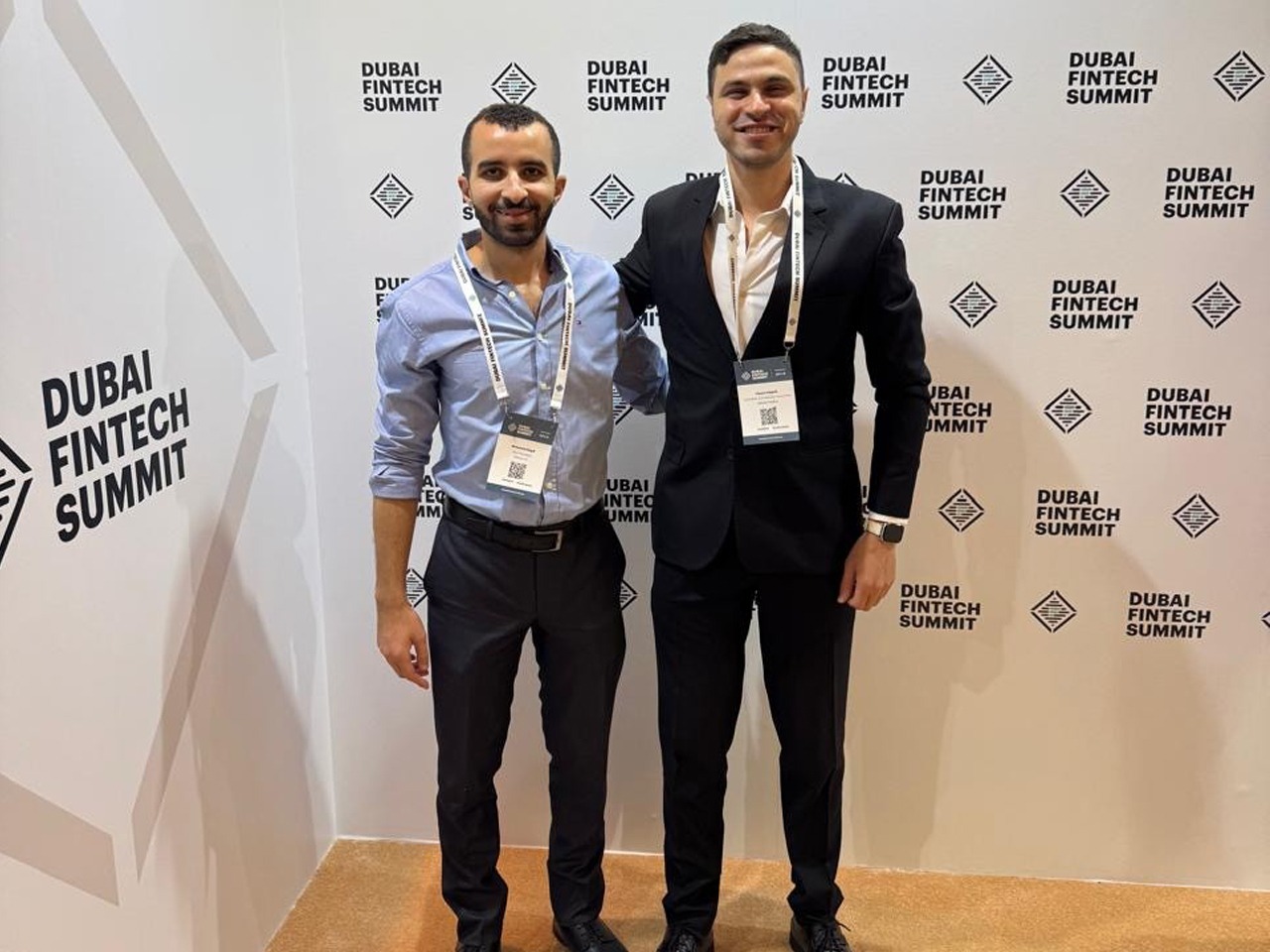
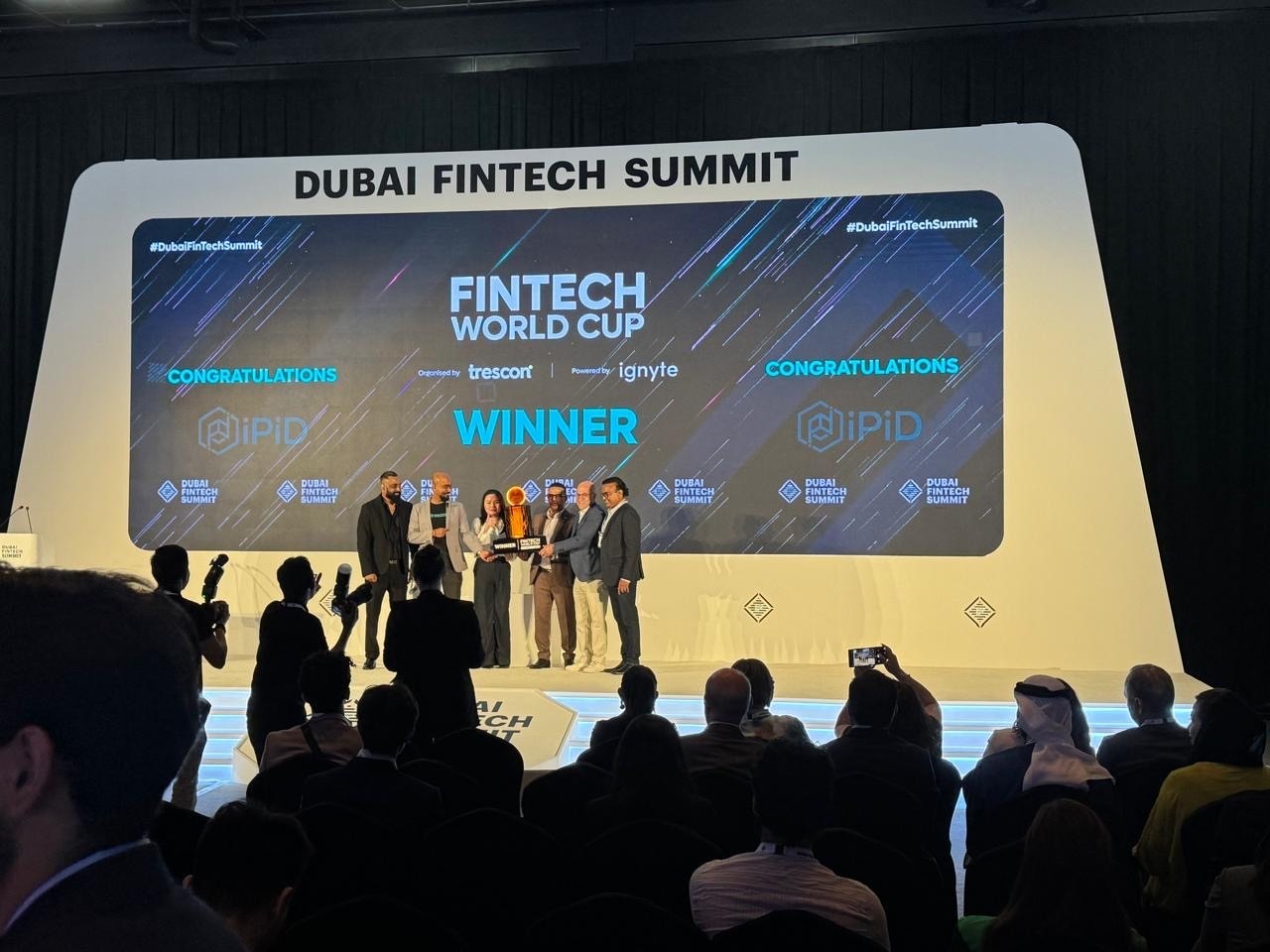
Celebrating Salma: A Golden Victory at the National Tennis Championship
We are proud to celebrate the incredible achievement of Salma, one of our inspiring colleagues from the Operations team at Beltone Leasing and Factoring. Salma, who is part of our team of employees with Down syndrome, won the gold medal at the National Tennis Championship for Special Needs. Her dedication, resilience, and passion continue to inspire us all and reflect the power of inclusion and determination.

Greening Your Business – Training of Trainers
The Egyptian Federation of Industries, in collaboration with the International Labour Organization (ILO), invited the sustainability team to attend a Training of Trainers (ToT) session on the topic of “Greening Your Business” from Sunday, April 27 to Wednesday, April 30, 2025. This training is part of the “Decent Work for Women in Egypt, Tunisia, and Morocco” project.

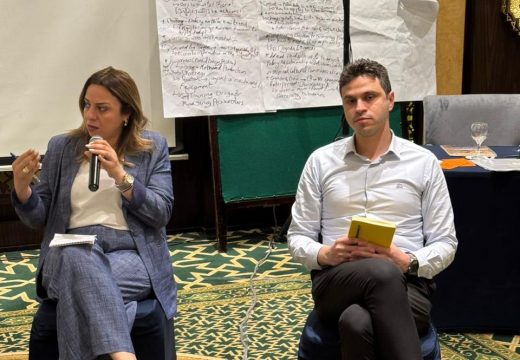
The training aims to empower trainers by enabling them to:
- Understand the participatory training methodology of the “Greening Your Business” guide.
- Learn the steps for transitioning to an environmentally friendly business model.
- Apply tools to assess the environmental alignment of projects.
- Develop action plans to train female entrepreneurs on greening their own projects.
1. How familiar are you with Beltone Holding's sustainability initiatives?
I have a good understanding of Beltone Holding’s sustainability efforts. They focus on key areas like investing in green projects, demonstrating a strong commitment to responsible business practices.
2. Do you believe that sustainability practices are important for Beltone Holding's long-term success?
Yes, I believe sustainability practices are crucial for Beltone Holding’s long-term success. By focusing on environmental, social, and governance issues, they not only enhance their reputation but also build resilience against future challenges, attract responsible investors, and align with global trends toward sustainability.
- Investor Expectations and ESG Standards
Global investors are increasingly focused on Environmental, Social, and Governance (ESG) metrics. By adopting sustainability practices, Beltone Holding can:
- Attract long-term, institutional investors.
- Improve its ESG ratings and appeal to global capital markets.
- Talent Attraction and Retention
Younger, skilled professionals seek purposeful employment. Companies with sustainable values attract better talent and build a more engaged workforce.
3. Have you participated in any sustainability-related activities or programs at Beltone Holding?
No, I haven’t yet, but I hope to be part of it anytime soon.
Yes, I have participated in several sustainability-related initiatives at Beltone Holding. One of the most impactful was [insert specific program, e.g., “our internal green office initiative aimed at reducing paper waste and improving energy efficiency”. I was involved in [your role or contribution, e.g., “coordinating awareness sessions and helping implement recycling practices across departments.
Yes, Breast Cancer Initiative
4. What suggestions do you have for improving sustainability practices within Beltone Holding?
In my opinion, encouraging greater employee involvement in sustainability efforts, such as eco-friendly initiatives or volunteering opportunities for environmental causes, would be a great approach.
- Create programs that encourage employee participation in sustainability efforts, such as carpooling, recycling drives, or tree planting days.
- Sustainability Training: Offer workshops on ESG investing and sustainable business practices.
1. Use fewer plastic bottles
2. Turn off the unused electronics


